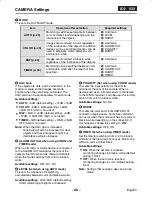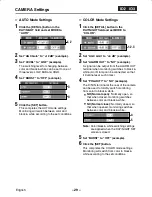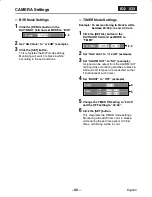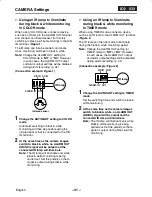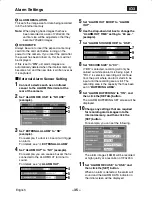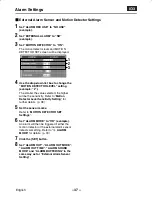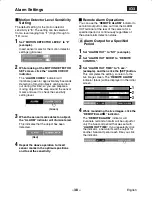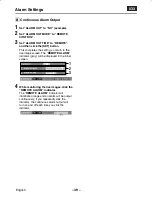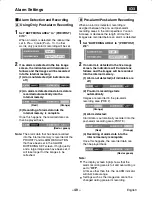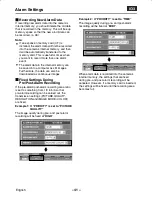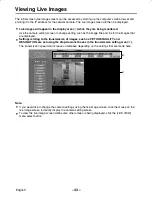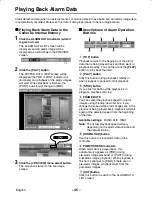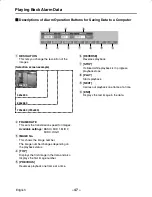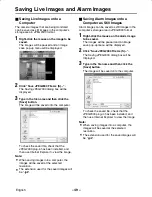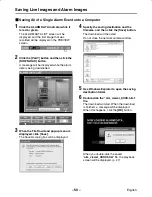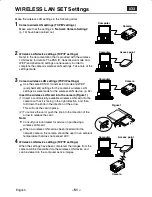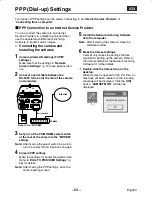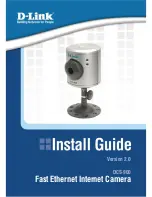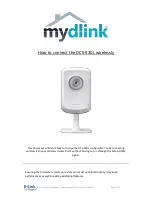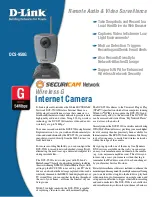
Alarm Settings
Saving to an Expansion Memory
Card
If you would like to save and play back several
sets of alarm data from the camera’s internal
memory, use a CompactFlash memory card with
a capacity of 16MB or greater.
CompactFlash memory cards are only used to
store alarm data that has been recorded into the
internal memory. This means that you cannot
directly record data onto the CompactFlash
memory cards or directly play back the data they
contain.
1
Insert a memory card into the PC card slot
at the rear of the camera, while making
sure that the direction of the card is
correct, and then push the knob down in
the direction of the arrow.
This will lock the card in place.
To remove the card, push the knob in the
direction of the arrow to release the card.
2
Insert the expansion memory card.
The alarm data in the internal memory will be
automatically moved to the memory card.
The data will be deleted from the recording
areas of the internal memory at this time.
3
The ALARM DATA indicator (green) will
illuminate.
If alarms are repeatedly detected in this
condition, the alarm data will be automatically
moved to the memory card.
Note:
•
If there is no free space on the memory card,
the indicator will illuminate red. If this
happens, replace the memory card with
another card or delete the alarm data.
•
When inserting and removing the memory
card, make sure that
F
ALARM
BUFFERING is set to “OFF”, and then turn
off the power. (p. 34)
•
The PC card slot is for 16-bit 5 V cards only.
Do not use 32-bit card bus types of card, as
the terminal sections are different.
•
New alarms cannot be received while alarm
data is being moved onto the memory card.
•
The camera is not equipped with a formatting
function. Use the computer to format the
memory card (only FAT formatting is
supported).
1
1
2
A
(Orange)
(Orange)
(Green)
L5AM2/XE (VCC-WB4000P) GB 2003, 6, 6
– 42 –
English

